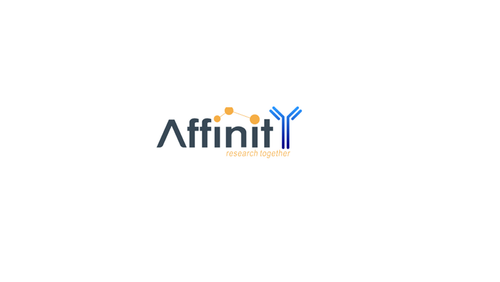Product Description
TET1 Antibody | 7733 | ProSci
Host: Rabbit
Reactivity: Human, Mouse, Rat
Homology: Predicted species reactivity based on immunogen sequence: Bovine: (94%) , Pig: (88%)
Immunogen: Anti-TET1 antibody (7733) was raised against an 18 amino acid peptide near the carboxy terminus of human TET1.
The immunogen is located within amino acids 2030 - 2080 of TET1.
Research Area: Cancer, Cell Cycle
Tested Application: E, WB, IHC-P, IF
Application: WB: 1 μg/mL; IHC: 1 μg/mL; IF: 20 μg/mL.
Antibody validated: Western Blot and Immunohistochemistry in human, mouse and rat samples; Immunocytochemistry in human samples and Immunofluorescence in mouse samples. All other applications and species not yet tested.
Specificiy: TET1 antibody is human, mouse and rat reactive. This antibody is predicted to not cross-react with TET2 and TET3.
Positive Control 1: Cat. No. 1405 – Mouse Kidney Tissue Lysate
Positive Control 2: Cat. No. 11-701 - Human Testis Tissue Slide
Positive Control 3: N/A
Positive Control 4: N/A
Positive Control 5: N/A
Positive Control 6: N/A
Molecular Weight: Predicted: 235 kDa
Observed: 235 kDa
Validation: N/A
Isoform: Human TET1 has one isoform (2136aa, 235kD) . Mouse TET1 has one isoform (2007aa, 219kD) and Rat TET1 also has one isoform (2033aa, 223kD) . 7733 can detect human, mouse and rat.
Purification: TET1 antibody is affinity chromatography purified via peptide column.
Clonality: Polyclonal
Clone: N/A
Isotype: IgG
Conjugate: Unconjugated
Physical State: Liquid
Buffer: TET1 Antibody is supplied in PBS containing 0.02% sodium azide.
Concentration: 1 mg/mL
Storage Condition: TET1 antibody can be stored at 4˚C for three months and -20˚C, stable for up to one year.
Alternate Name: TET1 Antibody: LCX, CXXC6, bA119F7.1, KIAA1676, LCX, Methylcytosine dioxygenase TET1, CXXC-type zinc finger protein 6
User Note: Optimal dilutions for each application to be determined by the researcher.
BACKGROUND: TET1, a member of the ten-eleven-translocation (TET) family of genes, was initially discovered as a fusion partner of MLL in acute myeloid leukemias containing the t (10;11) (q22;q23) (1) . It is a methylcytosine dioxygenase that catalyzes the conversion of methylcytosine to 5-hydroxymethylcytosine (2) . TET1 expression is regulated during inflammation in both THP-1 and primary dendritic cells, and is a negative transcriptional regulator of IL-1beta following and inflammatory stimulus (3) . Recent evidence has shown that TET1 is part of a signaling pathway that regulates breast cancer growth and metastasis (4) .
 Euro
Euro
 USD
USD
 British Pound
British Pound
 NULL
NULL
















